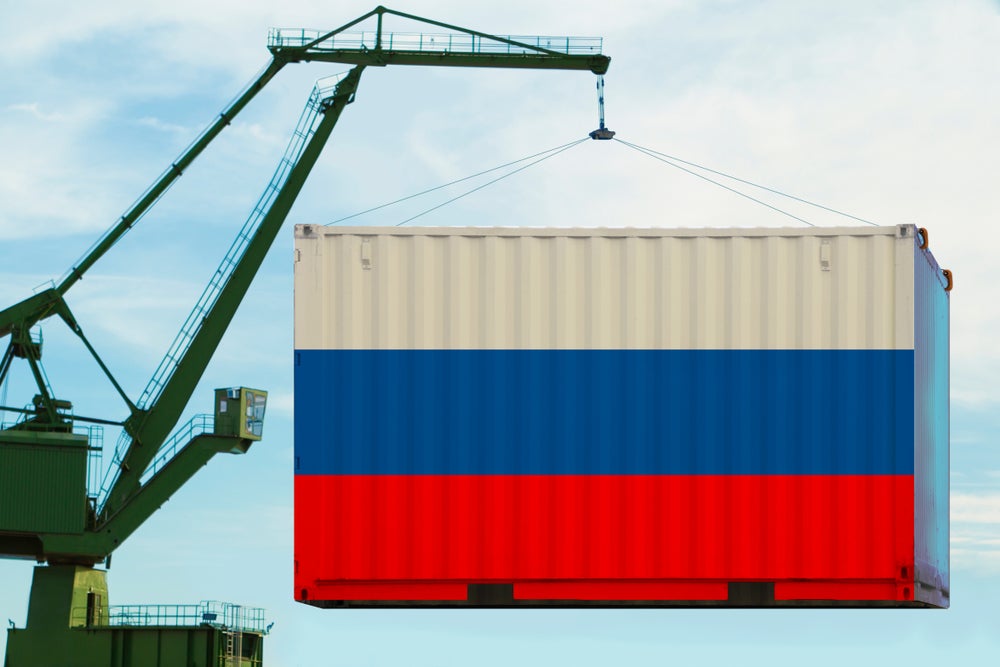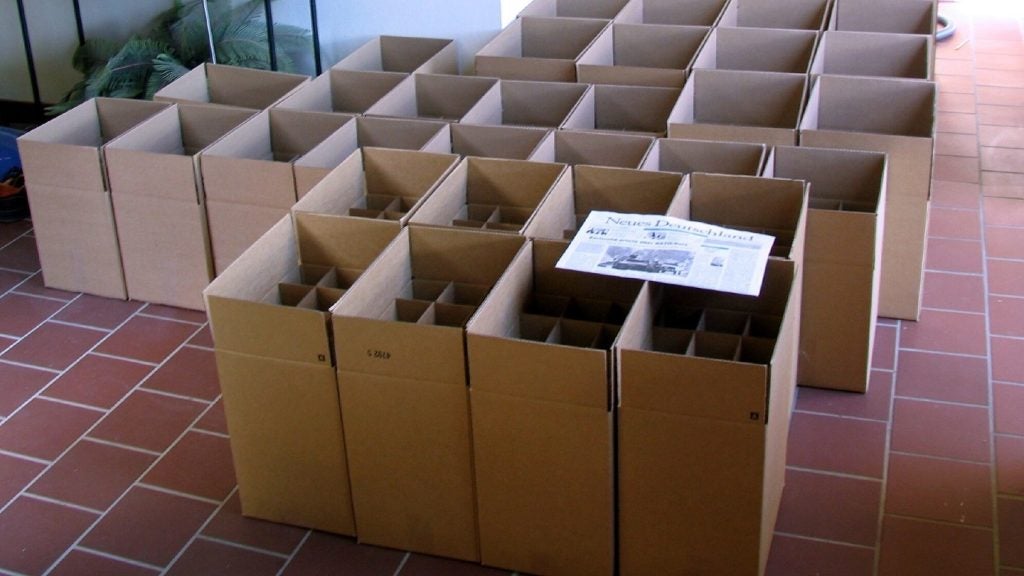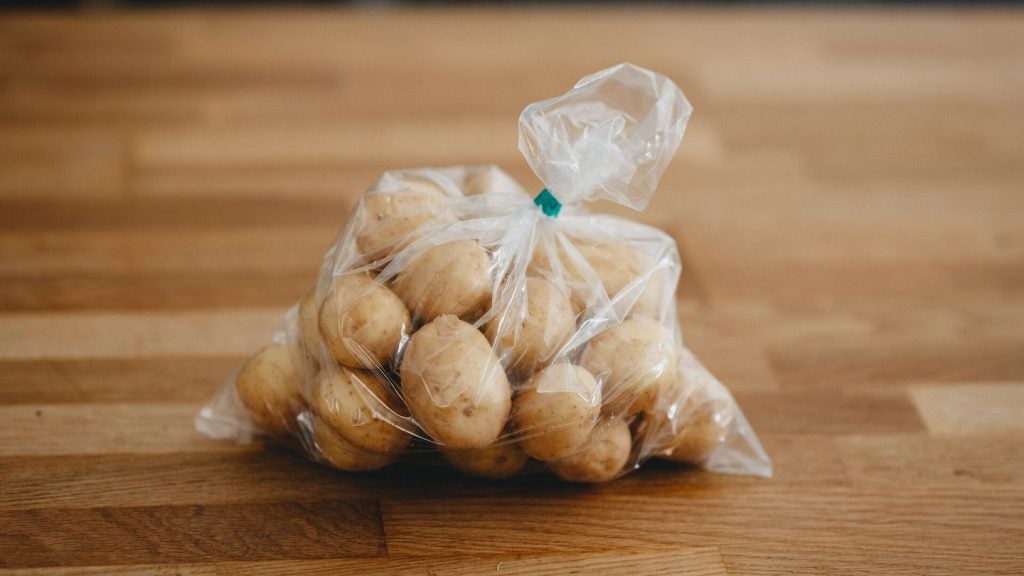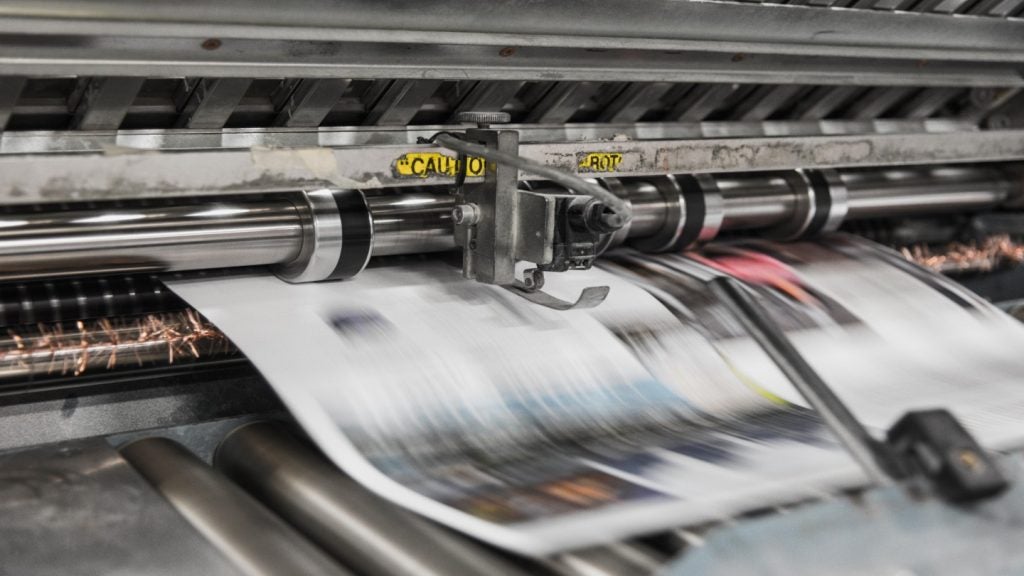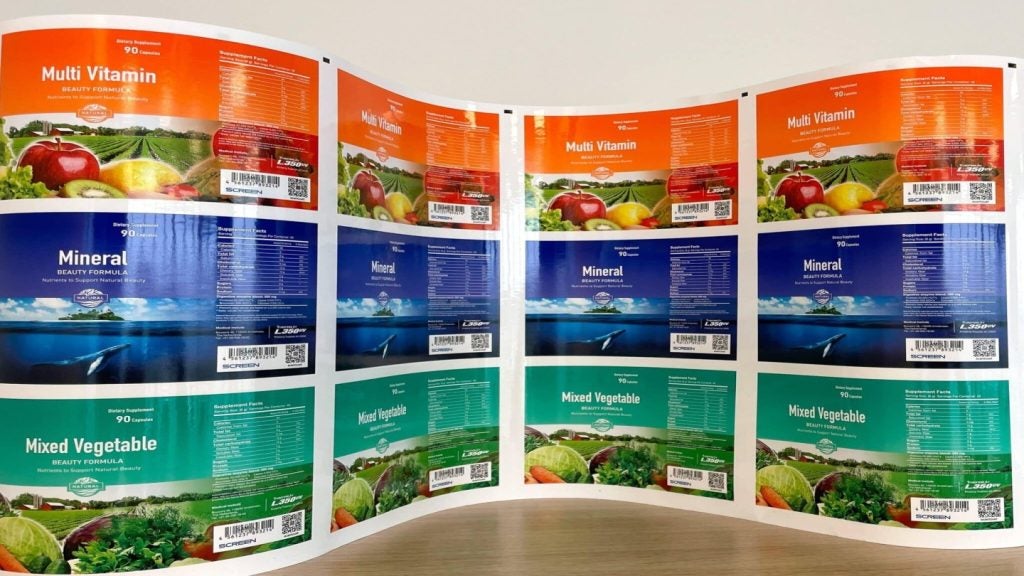The Russian packaging industry is facing a unique set of challenges in the wake of Western sanctions. Unlike previous crises characterised by universal trends such as decreased demand and reduced purchasing power, the current situation in the Russian packaging market presents distinct hurdles.
Against the backdrop of these sanctions, the industry grapples with packaging shortages, including PET packaging, aluminium caps, moisture-resistant paper labels, and critical additives for production.
Since the beginning of Russia's invasion of Ukraine, numerous companies have divested or sold their packaging operations in Russia. These include Heineken, Mondi, and Smurfit Kappa.
These pressures are compounded by regulatory scrutiny, which is focusing on restraining prices not only for polymers but also for packaging and products themselves.
Global packaging trends: where does Russia stand?
In the global landscape, approximately 3.9bn tons of food are produced annually, with roughly one-third of it going to waste. Packaging plays a crucial role in minimising these losses.
Despite efforts to protect the environment and enhance ecological sustainability, the global packaging industry is booming. According to research from Horváth & Partner AG, a Swiss consulting company, the sales of packaging products are expected to grow from $770bn in 2021 to $1tn by 2025.
Most packaging materials for the food industry worldwide are derived from non-renewable resources, primarily polyolefin-class polymers like polyethylene and polypropylene.
Polymer packaging, both flexible and rigid, constitutes a significant share of the market both internationally and in Russia.
Over 60% of flexible packaging on the global market is used in the food industry. Experts predict that the global flexible packaging market will exceed $250 billion by 2024.
According to a survey by the Flexible Packaging Association in the United States, 83% of brands currently use some form of flexible packaging. Additionally, 26% of brands have increased their use of flexible packaging in the last five years, with another 31% intending to do so in the near future.
Flexible packaging for food products is prevalent both in foreign countries and in Russia.
Key trends in the Russian packaging industry
Konstantin Rzaev, Chairman of the Board of Directors at "EcoTechnologies," outlines the main modern trends in the global food industry's flexible packaging sector:
- Tougher market conditions for single-use packaging: Organisations like the Flexible Packaging Association are urging the swift adaptation of barrier films for secondary recycling, encouraged by the introduction of taxes on non-recyclable packaging.
- Focus on developing reusable packaging: There is a growing emphasis on expanding the sector of reusable packaging.
- Increasing production of biodegradable packaging: The demand for biodegradable packaging is on the rise.
- Diversity in flexible packaging: A greater variety of flexible packaging options is being sought, with an increase in functional layers and a push toward mono-materials, despite these trends sometimes being contradictory.
- Need for different packaging options: Various packaging options, especially small and portioned ones, are in demand.
- Smart packaging development: The creation and improvement of "smart" packaging as part of the Internet of Things, often requiring special additives and additional layers.
However, many countries are already steering away from using plastic packaging, particularly for dairy products. While Russia has been somewhat slow in this regard, it is likely to join this trend in the near future.
Consequently, an increasing number of enterprises are transitioning to glass and laminated cardboard packaging.
For instance, starting in 2017, Western countries such as the UK, Australia, and New Zealand have seen a surge in demand for glass packaging for dairy products.
Marketing efforts by manufacturers of such packaging aim to establish and reinforce the association of glass with farm-fresh, environmentally friendly products. Nonetheless, experts believe that the focus on glass packaging might not be the wisest choice. Working with glass is a highly energy-intensive process, and glass packaging generally cannot compete with other types of packaging.
For manufacturers, packaging must be cost-effective, while for consumers, glass milk bottles typically cost 2-3 times more than plastic or cardboard alternatives.
State and types of dairy packaging in Russia
The packaging industry in Russia differs from the global picture. Notably, non-food sectors have achieved almost complete import substitution in packaging. There is a clear trend towards ecological packaging but with a slower pace of adoption.
The overall use of polyethylene terephthalate (PET) in packaging production in Russia remains critically high, at up to 80%.
As Russia grapples with these challenges, it stands at a crossroads in its packaging industry. Adapting to the global shift away from plastics while addressing domestic production gaps and sustainability concerns is a multifaceted task.
The Russian packaging industry's ability to navigate these challenges will be pivotal in determining its future success on the global stage.


